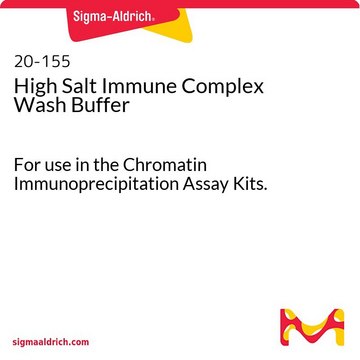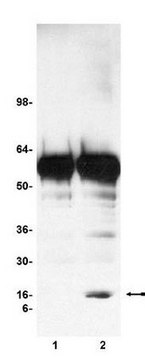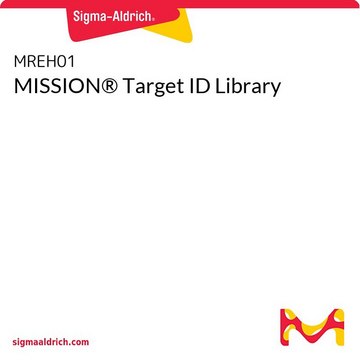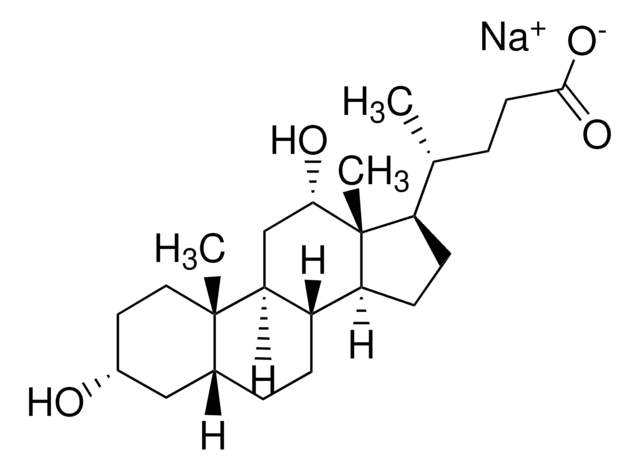Recommended Products
packaging
pkg of 100 μL (library)
pkg of 200 μL (primer 1)
pkg of 200 μL (primer 2)
Quality Level
concentration
1 ng/μL (library)
25 μM (primer 1)
25 μM (primer 2)
shipped in
wet ice
storage temp.
−20°C
Related Categories
1 of 4
This Item | SHPM15 | SHPM2 | SHPH15 |
|---|---|---|---|
| concentration 1 ng/μL (library), 25 μM (primer 2), 25 μM (primer 1) | concentration ≥5x108 VP/ml (via p24 assay) | concentration ≥5x108 VP/ml (via p24 assay) | concentration ≥5x108 VP/ml (via p24 assay) |
| storage temp. −20°C | storage temp. −70°C | storage temp. −70°C | storage temp. −70°C |
| shipped in wet ice | shipped in dry ice | shipped in dry ice | shipped in dry ice |
| Quality Level 200 | Quality Level 200 | Quality Level 200 | Quality Level 200 |
| packaging pkg of 100 μL (library) | packaging - | packaging - | packaging - |
General description
The Target ID Library is a transcriptome wide cDNA pool produced using a proprietary process. Each library is tested for gene representation to ensure robust library coverage. The library is provided in ready-to-use DNA format, with enough material for multiple genome-wide screens.
The Target ID Library is a pool of plasmids, each with a human cDNA inserted into the 3′-UTR region of a thymidine kinase-zeocin fusion protein (Tkzeo). Dual-selection allows the user to transfect cells and screen the entire library at once, selecting first for stable transformants and secondly, after introducing a miRNA or ncRNA of interest, for target cDNAs. Selected cDNAs are identified by sequencing
Download deep sequencing data of target ID library.
Components
Primer 1: 200μl (25μM), frozen liquid, store at -10°C to -25°C
Primer 2: 200μl (25μM), frozen liquid, store at -10°C to -25°C
Legal Information
Storage Class
10 - Combustible liquids
flash_point_f
Not applicable
flash_point_c
Not applicable
Choose from one of the most recent versions:
Certificates of Analysis (COA)
Don't see the Right Version?
If you require a particular version, you can look up a specific certificate by the Lot or Batch number.
Already Own This Product?
Find documentation for the products that you have recently purchased in the Document Library.
Customers Also Viewed
Our team of scientists has experience in all areas of research including Life Science, Material Science, Chemical Synthesis, Chromatography, Analytical and many others.
Contact Technical Service












